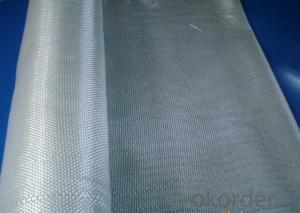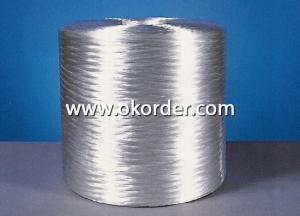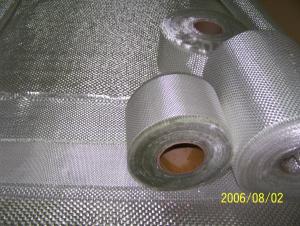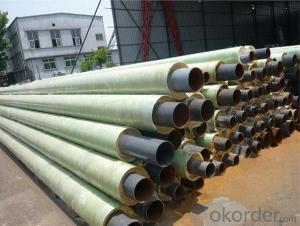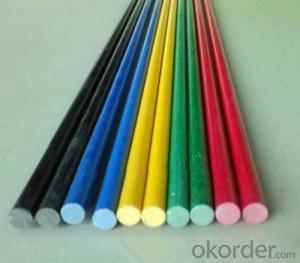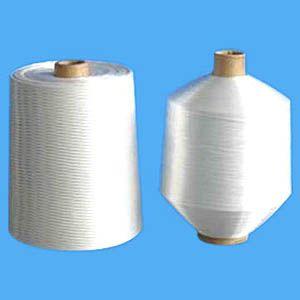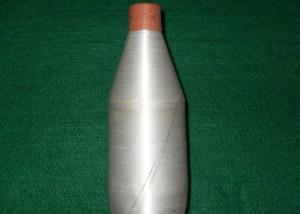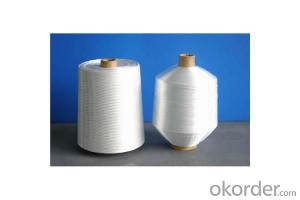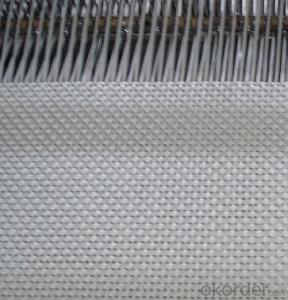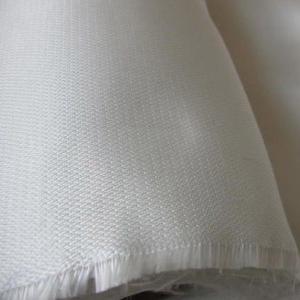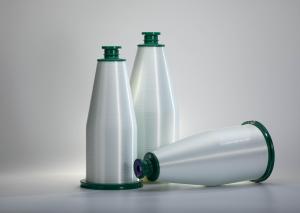Fiberglass Fabric of Good Stable Structure ISO9001
- Loading Port:
- Shanghai
- Payment Terms:
- TT OR LC
- Min Order Qty:
- 500 m²
- Supply Capability:
- 50000 m²/month
OKorder Service Pledge
OKorder Financial Service
You Might Also Like
Fiberglass Fabric of Good Stable Structure ISO9001
Fiberglass Fabric Introduction:
Fiberglass fabric is weaved by high quality fiberglass,as a kind of engineering material,which is
many excellent characteristics:
flame-resisting,corrosion resistant,high strength,heat resistance.stable structure,good chemical resistance,durability.
Fiberglass Fabric Features:
1. External thermo insulating composite System (ETICS) & External insulating finish system (EIFS)
2. External and internal plaster reinforcement Fiberglass Mesh;
3. Electrical heating mats Fiberglass Mesh
4. Marble slab reinforcement / Mosaic carrier Fiberglass Mesh;
5. Asphalt reinforcement (roof water-proof)
6. Reinforced lightweight construction boards Fiberglass Mesh.
Fiberglass Fabric Specification:
mark | Fiber consistency(ends/ cm) |
Area weight (g/ m2) |
Thick-ness (mm) |
Width (cm) |
Length (mm) | Breaking strength(N)≥ |
weave | |||
Warp direction | Weft direction | Warp direction | Weft direction | |||||||
EW200 | 16 | 12 | 200±20 | 0.2 | 90-130 | 300-1200 | 980 | 980 | ||
EW210 | 16 | 12 | 200±20 | 0.21 | 90-130 | 300-1200 | 1080 | 1080 | Twill weave | |
Plain weave | ||||||||||
EWR360 | 3.2 | 1.8 | 354±18 | 0.35 | 50-300 | 100 | 2000 | 2000 | ||
EW280 | 16 | 10 | 280±28 | 0.26 | 90-130 | 300-1200 | 1800 | 1800 | ||
EW300 | 14 | 10 | 320±32 | 0.3 | 90-130 | 300-1200 | 1500 | 1500 | ||
EW430 | 20 | 12 | 420±42 | 0.43 | 90-130 | 300-1200 | 2000 | 2000 | Broken twill | |
EWR136 | 10 | 10 | 136±13 | 0.136 | 100 | 200 | 850 | 850 |
Plain weave | |
EWR200 | 8 | 7 | 200±20 | 0.21 | 100 | 200 | 1200 | 1200 | ||
EWR400 | 3.6 | 3.2 | 400±30 | 0.4 | 100 | 50-100 | 2500 | 2500 | ||
EWR600 | 2.6 | 2.5 | 600±50 | 0.6 | 100 | 40KG | 4000 | 4000 | ||
EWR580 | 2.5 | 2.3 | 576±29 | 0.58 | 100 | 40KG | 3850 | 3850 | ||
EWR800 | 1.8 | 1.8 | 800±60 | 0.8 | 100 | 40KG | 4600 | 4600 | ||
Product Show
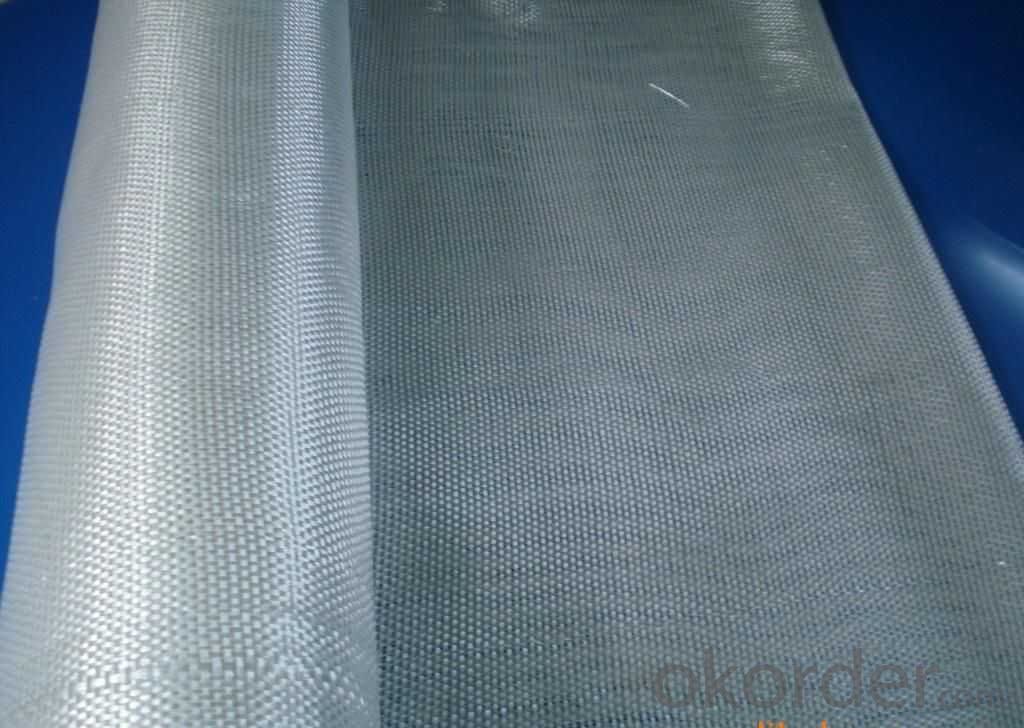
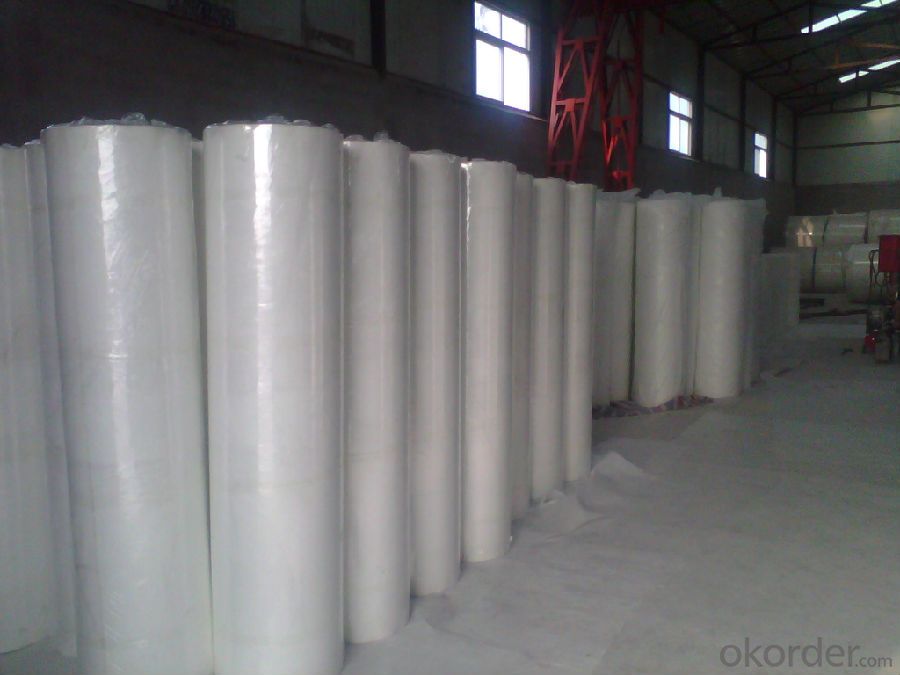
Fiberglass Fabric Usage:
E-glass woven roving is a schistose double faces reinforcement fabric that is weaved into from roving in directly.
E-glass fiber fabric (thin fabrics with thickness from 0.025 to 0.09mm) is suitable for electrical isolation mica product, wax cloth as the reinforcement materials.
E-glass woven roving applys to all kinds of polyester reinforcement system, (such as unsaturated polyester resin, vinylite,epoxy resin and phenolic resin.
FAQ
1.Package of Fiberglass Fabric?
Fiberglass fabric is wound on a paper tube with inner diameters of 50. 8, 76 or 152mm. Each roll is wrapped in a plastic bag, then to be packed in a carton box. The rolls are to be horizontally placed.
Width (cm): 90, 100, 127
Length (m): 100, 200, 300, 400
2.Storage of Fiberglass Fabric?
Store rolls in a cool, dry location
Protect rolls from weather and other damage.
3.If sample available if needed?
We aim to offer our customer best Products&Service,samples are allowed if necessary.
- Q:Can fiberglass yarn be used in construction applications?
- Yes, fiberglass yarn can be used in construction applications. Fiberglass yarn is a strong and durable material that is resistant to corrosion, chemicals, and extreme temperatures. It is commonly used in construction for reinforcing concrete and other building materials. Fiberglass yarn can be woven into fabrics or mats, which can then be used to reinforce walls, floors, roofs, and other structural elements. It provides strength and stability to the construction, making it more resistant to cracks, fractures, and other damage. Additionally, fiberglass yarn is lightweight and easy to handle, making it a convenient choice for construction projects. Overall, fiberglass yarn is a versatile material that can significantly enhance the strength and durability of construction applications.
- Q:How does fiberglass yarn perform in terms of heat resistance?
- Fiberglass yarn is known for its excellent heat resistance properties. It can withstand high temperatures without losing its strength or structural integrity, making it ideal for applications where heat resistance is crucial. The yarn is made from fine strands of glass fibers, which have a high melting point and do not conduct heat easily. This allows the fiberglass yarn to resist heat transfer, preventing the material from becoming damaged or deformed when exposed to extreme temperatures. Additionally, fiberglass yarn can also maintain its performance in both hot and cold environments, making it a versatile choice for various industries. Overall, fiberglass yarn is highly effective in terms of heat resistance, providing durability and reliability even under extreme thermal conditions.
- Q:What are the common thicknesses or gauges of fiberglass yarn?
- The common thicknesses or gauges of fiberglass yarn can vary depending on the specific application or industry. However, some commonly used thicknesses of fiberglass yarn range from 450 tex (tex is the unit of measure used for linear mass density) to 2400 tex. These thicknesses are often used in industries such as aerospace, automotive, construction, and textiles. Additionally, fiberglass yarn can also be found in other thicknesses or gauges depending on the specific requirements of a particular project or product.
- Q:Can fiberglass yarn be used for making artificial flowers?
- Yes, fiberglass yarn can be used for making artificial flowers. Fiberglass yarn is lightweight, flexible, and durable, making it an ideal material for crafting artificial flowers. It can be easily molded into various shapes and sizes, allowing for the creation of intricate and realistic flower petals. Additionally, fiberglass yarn is resistant to fading and damage from sunlight, making it suitable for long-lasting artificial flowers that can be displayed indoors or outdoors.
- Q:Can fiberglass yarn be used for reinforcement purposes?
- Yes, fiberglass yarn can be used for reinforcement purposes. It is commonly used in various industries, such as construction, automotive, and aerospace, to reinforce materials and provide strength and durability. The high tensile strength and resistance to heat and chemicals make fiberglass yarn an ideal choice for reinforcement applications.
- Q:Can fiberglass yarn be used for aerospace composites?
- Yes, fiberglass yarn can be used for aerospace composites. It is a commonly used material for its high strength, lightweight properties, and excellent resistance to corrosion and heat. It is suitable for various applications in the aerospace industry, including aircraft components, radomes, and structural reinforcements.
- Q:How does fiberglass yarn react to UV exposure?
- Fiberglass yarn typically reacts well to UV exposure, as it is known to have excellent resistance to ultraviolet (UV) radiation. The composition of fiberglass, which is made of thin strands of glass fibers, provides a natural resistance to the damaging effects of UV rays. This resistance is due to the glass fibers being non-absorptive and non-reactive to UV light. When exposed to UV radiation, fiberglass yarn does not degrade or weaken significantly. It maintains its structural integrity and functionality, making it suitable for outdoor applications where exposure to sunlight is inevitable. This resistance to UV exposure is one of the reasons why fiberglass is commonly used in various industries, such as construction, automotive, and marine. Moreover, fiberglass is often treated with a protective coating or resin during the manufacturing process, further enhancing its resistance to UV rays. This coating acts as a barrier, preventing the UV light from penetrating the fibers and causing damage. It also helps to maintain the aesthetic appearance of fiberglass products, preventing fading or discoloration over time. However, it is important to note that prolonged exposure to intense UV radiation can still have some impact on fiberglass yarn. While it may not directly degrade the fiberglass, it can cause the protective coating to deteriorate over time. This can result in reduced performance or decreased longevity in extreme cases. To mitigate the effects of UV exposure on fiberglass yarn, it is recommended to periodically inspect and maintain the protective coating. Regular cleaning and application of UV-resistant coatings or finishes can help prolong the life of fiberglass products and ensure their continued functionality. Overall, fiberglass yarn is generally considered to be highly resistant to UV exposure and is a reliable choice for outdoor applications where protection against sunlight is required.
- Q:Can fiberglass yarn be used in reinforcement of polymer composites?
- Yes, fiberglass yarn can be used in the reinforcement of polymer composites. Fiberglass yarn is a commonly used material due to its high strength, lightweight nature, and resistance to corrosion. It is often used as a reinforcement material in polymer composites to enhance their mechanical properties and durability.
- Q:Is fiberglass yarn resistant to weathering or UV degradation?
- Fiberglass yarn exhibits a remarkable resistance to weathering and UV degradation, making it highly durable and capable of enduring harsh environmental conditions. Comprised of glass fiber strands, this material boasts exceptional resilience against sunlight, moisture, and extreme temperatures. Unlike numerous materials, which succumb to degradation and weakening due to UV radiation, fiberglass yarn is meticulously designed to withstand such damage. Consequently, it is an optimal option for applications necessitating prolonged outdoor exposure, including reinforcing concrete in the construction sector, fabricating outdoor textiles, and manufacturing a range of industrial goods.
- Q:What are the electrical conductivity properties of fiberglass yarn?
- Fiberglass yarn has low electrical conductivity properties due to the non-conductive nature of glass fibers.
1. Manufacturer Overview |
|
|---|---|
| Location | |
| Year Established | |
| Annual Output Value | |
| Main Markets | |
| Company Certifications | |
2. Manufacturer Certificates |
|
|---|---|
| a) Certification Name | |
| Range | |
| Reference | |
| Validity Period | |
3. Manufacturer Capability |
|
|---|---|
| a)Trade Capacity | |
| Nearest Port | |
| Export Percentage | |
| No.of Employees in Trade Department | |
| Language Spoken: | |
| b)Factory Information | |
| Factory Size: | |
| No. of Production Lines | |
| Contract Manufacturing | |
| Product Price Range | |
Send your message to us
Fiberglass Fabric of Good Stable Structure ISO9001
- Loading Port:
- Shanghai
- Payment Terms:
- TT OR LC
- Min Order Qty:
- 500 m²
- Supply Capability:
- 50000 m²/month
OKorder Service Pledge
OKorder Financial Service
Similar products
New products
Hot products
Related keywords

